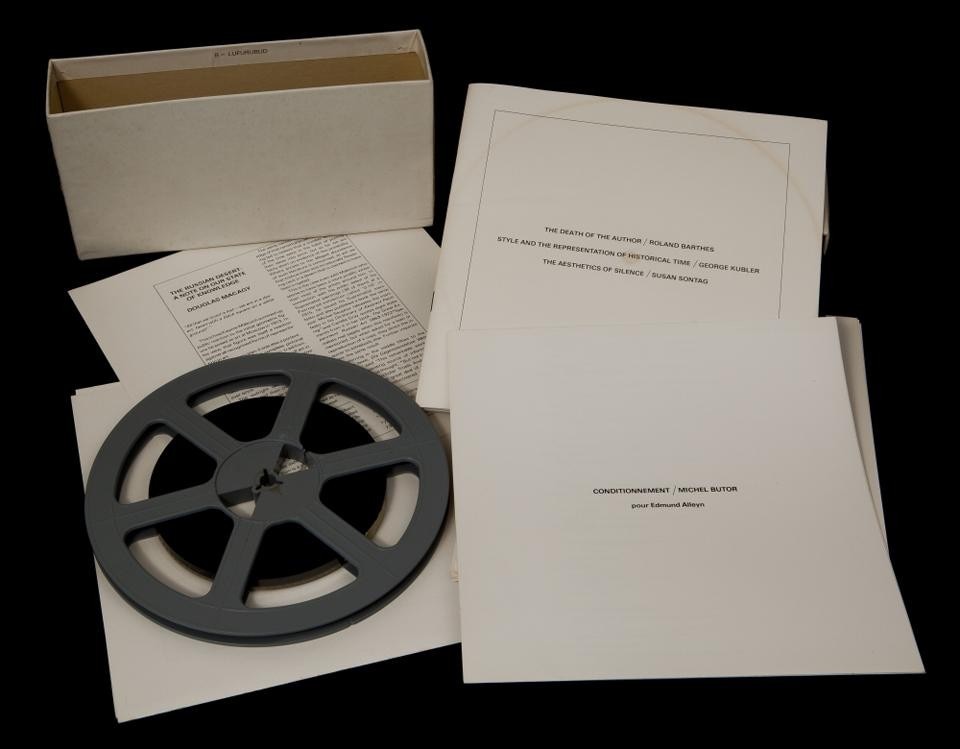Chronologically documenting books, exhibitions, and individual works, the original Six Years was methodological in its format — with citations of exhibitions, publications and events in bold type, excerpts from texts in roman, and the author's commentary in italic — and idiosyncratic in manner, with a knowingly arbitrary selection of works and events and ruminative annotations. Lippard's approach to the commentary was both unusually generous and playfully argumentative, so despite the appearance of the apparently rigorous structure of the chronological bibliography, the book reads much more loosely: of the recondite theoretical publications of the conceptual art group Art-Language, she wrote "I don't understand a good deal of what is said… but I admire the investigatory energies. In the land of Quine and Rroses inhabited by A-L, 'direct experience' doesn't exist until it has been made indirect".
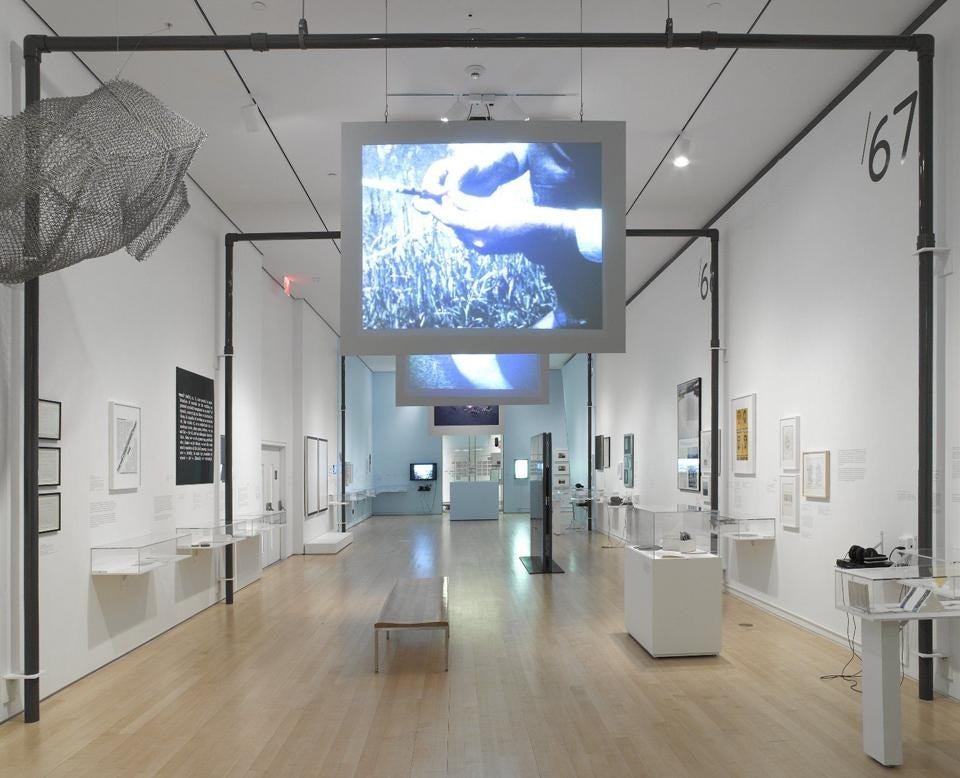
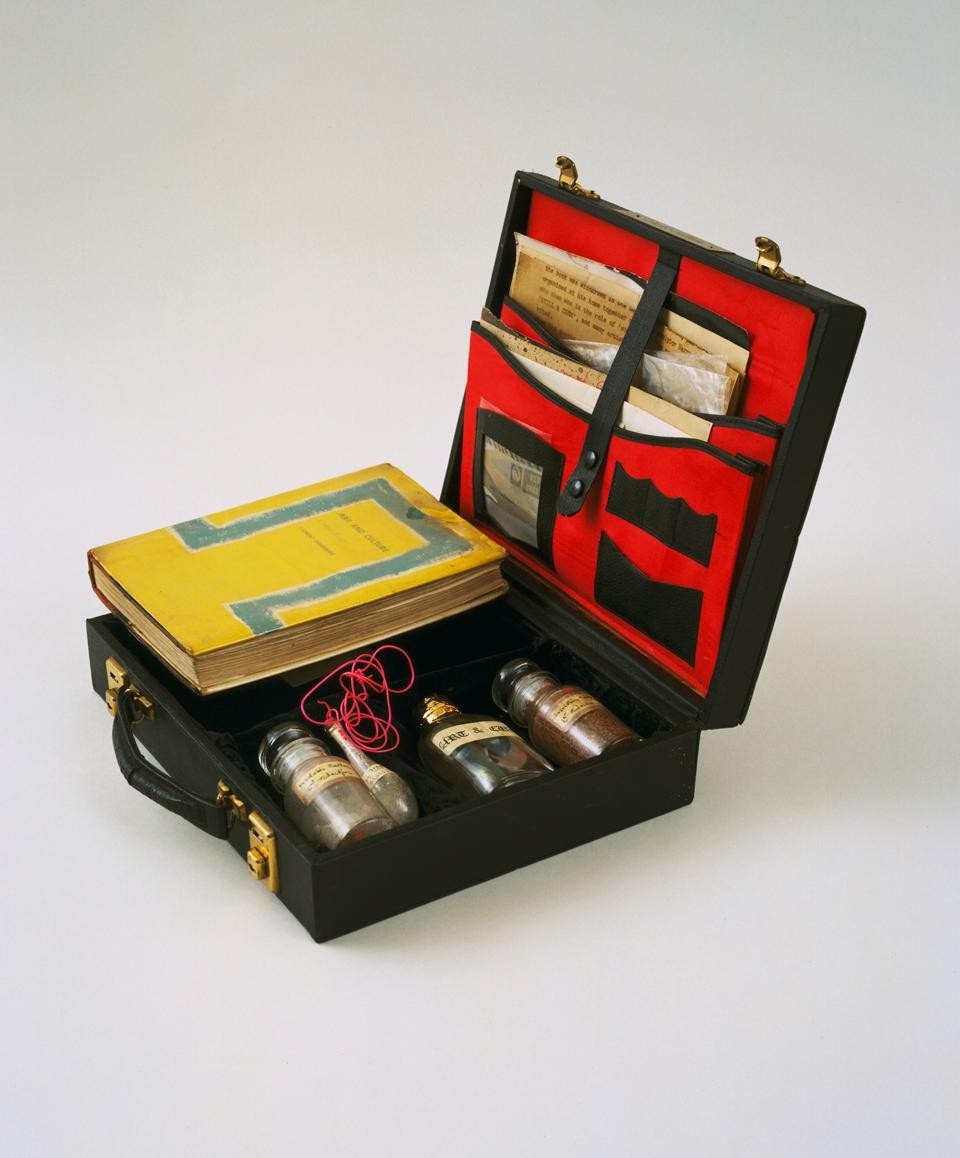
But one of the joys of Lippard's book is that the works appear among Lippard's remarks, and the wily arrangements within the chronology give the primary texts an awkward eminence over the reproductions of the art itself. In Sentences on Conceptual Art, a manifesto-like numbered list of observations, Sol LeWitt makes a distinction between his own conceptual work ("with a 'small c'") — and the more militantly dematerialized. But even here the language can be a bit ponderous — "All ideas are art if they are concerned with art and fall within the conventions of art".
The nature of our usual access to these works today — dematerialized again into digital representations of objects that are themselves secondary to concepts — is sufficiently strange to give their assemblage here a certain material, as well as conceptual, heft
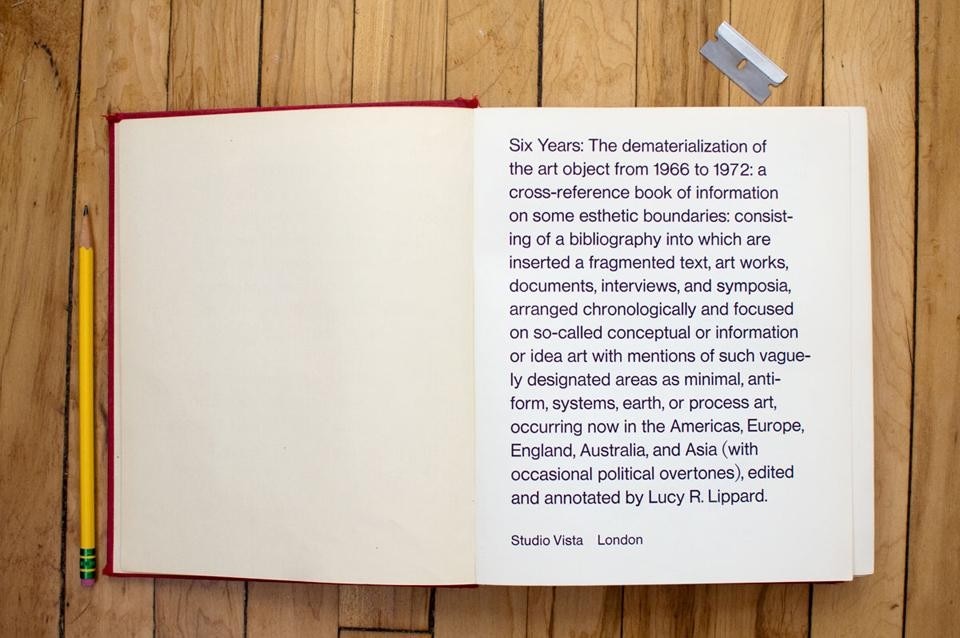
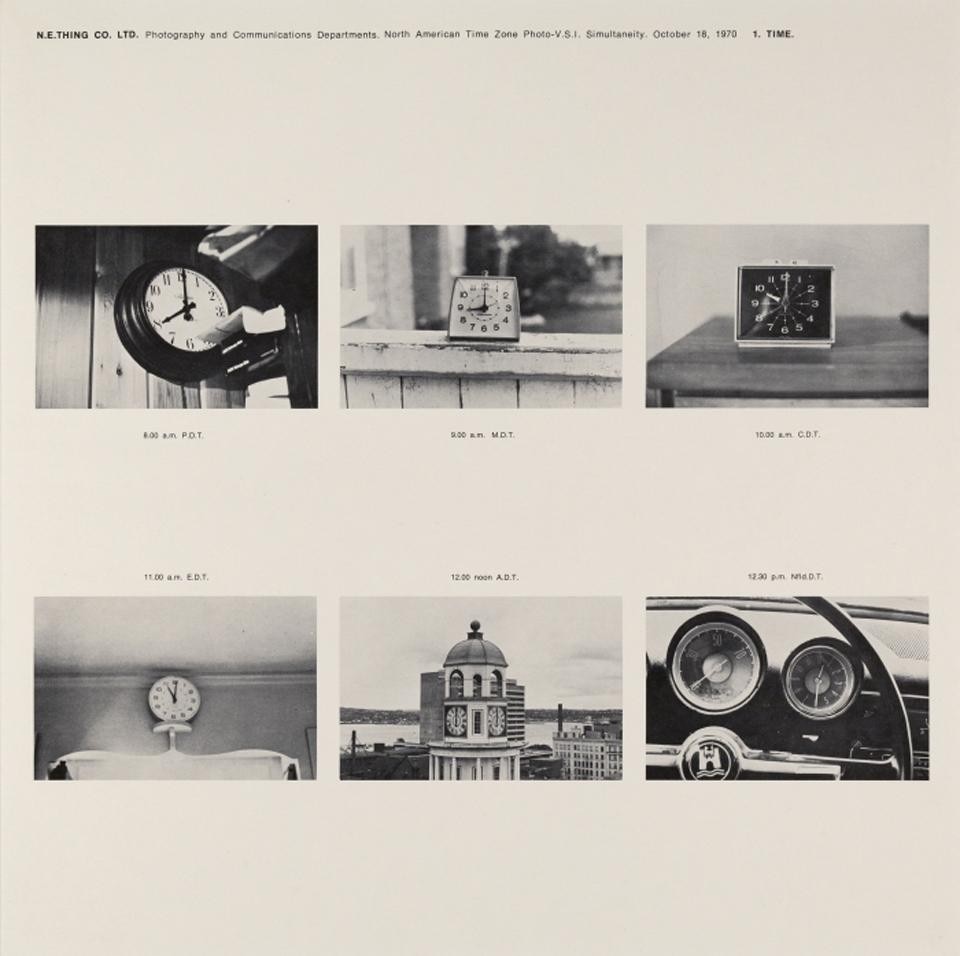
The premise of Materializing "Six Years" — to assemble the works that were arrayed in Lippard's book — might seem odd. After all, given that the specific focus of this documentary project was that its various subjects were united by the state of their "dematerialization" — isn't it slightly perverse to, forty years after the fact, arrange for the works (or their representative documentation) to neatly — even preciously — materialize?
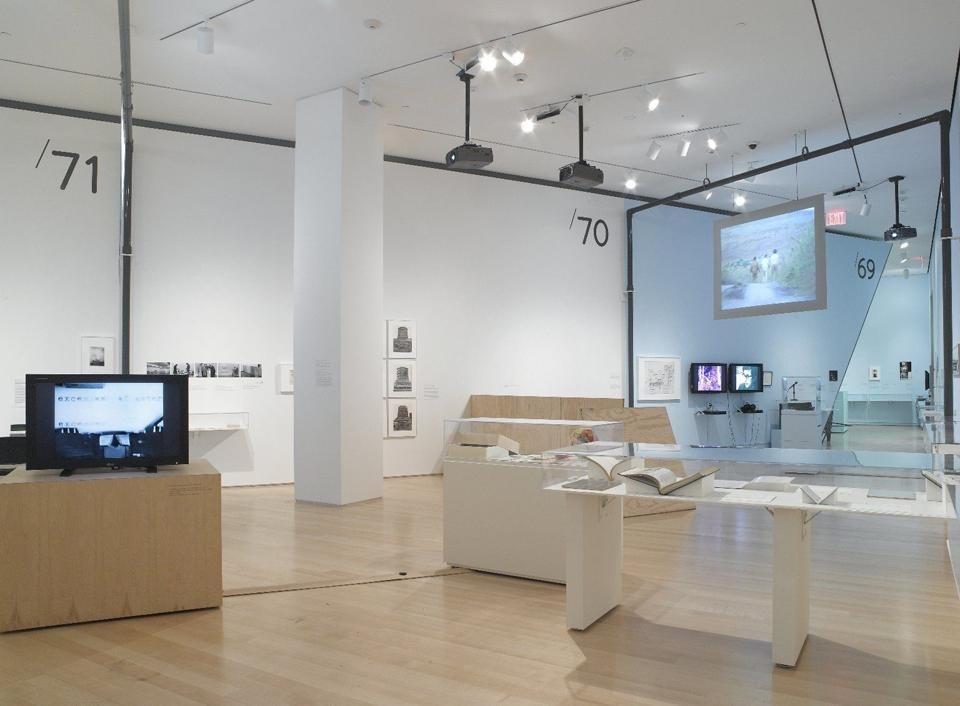
Despite the wall text's claim that part of the book's appeal is that there is "very little commentary" allowing the works to "speak for themselves," this viewer wished, at least, that he could walk through the show with some more of that commentary, possibly gleaned from the archive and added to the wall labels. To me, it's principally that personality — in commentary, ordering and structure — that gave the book its lasting interest.
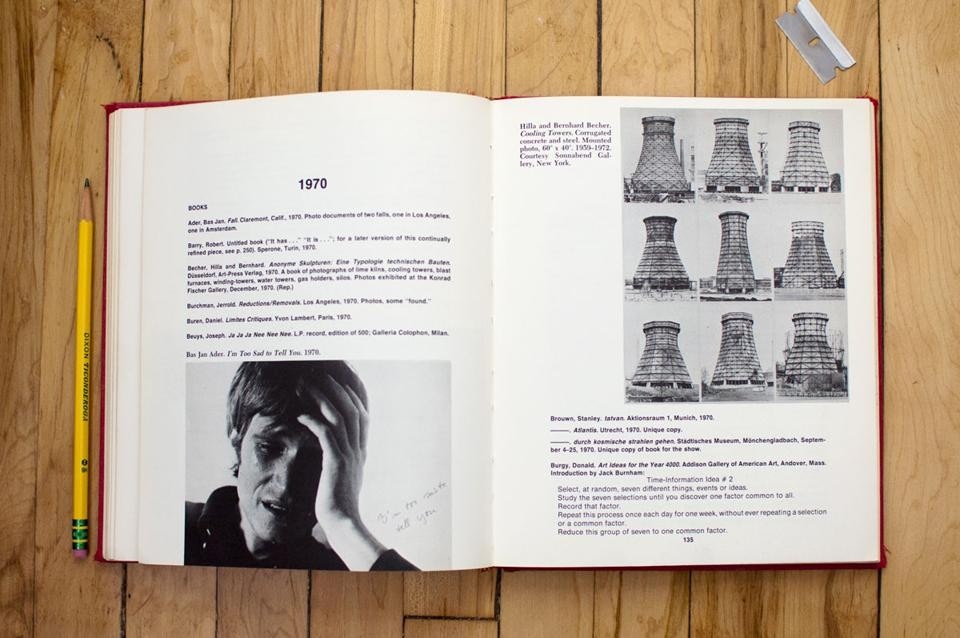
"The process of extending the boundaries didn't stop with Conceptual art: These energies are still out there, waiting for artists to plug into them, potential fuel for the expansion of what "art" can mean. The escape was temporary. Art was recaptured and sent back to its white cell, but parole is always a possibility."Zachary Sachs (@cerealrecords)
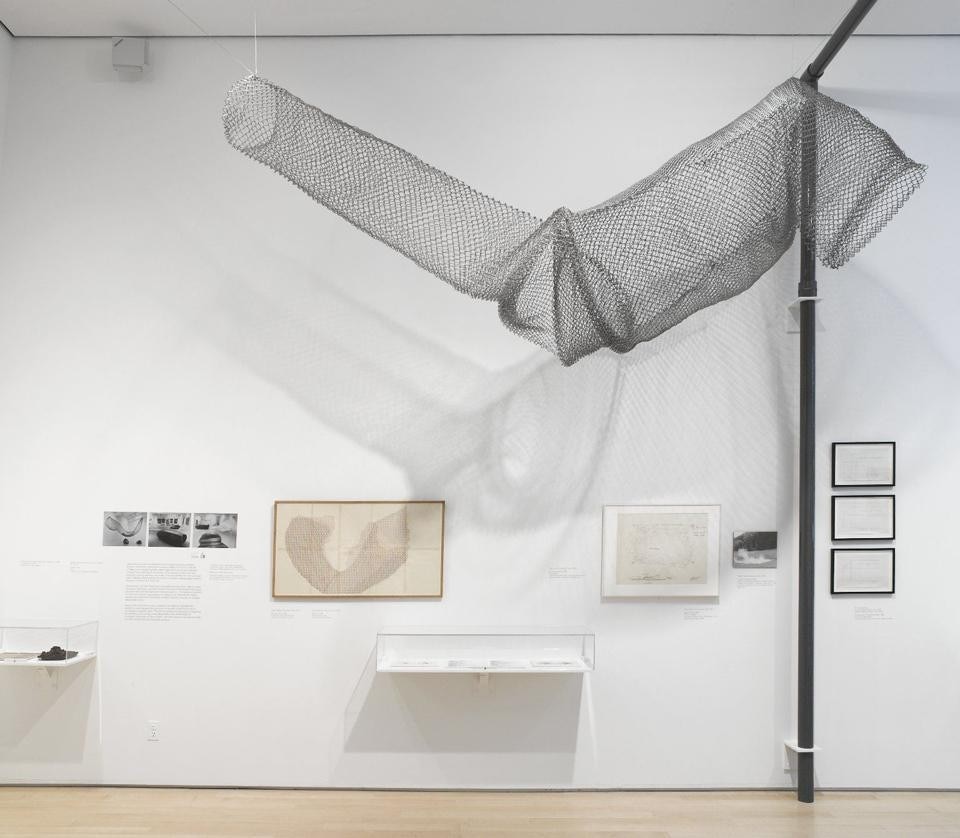
Materializing "Six Years": Lucy R. Lippard and the Emergence of Conceptual Art
Brooklyn Museum of Art
200 Eastern Parkway, Brooklyn, New York

